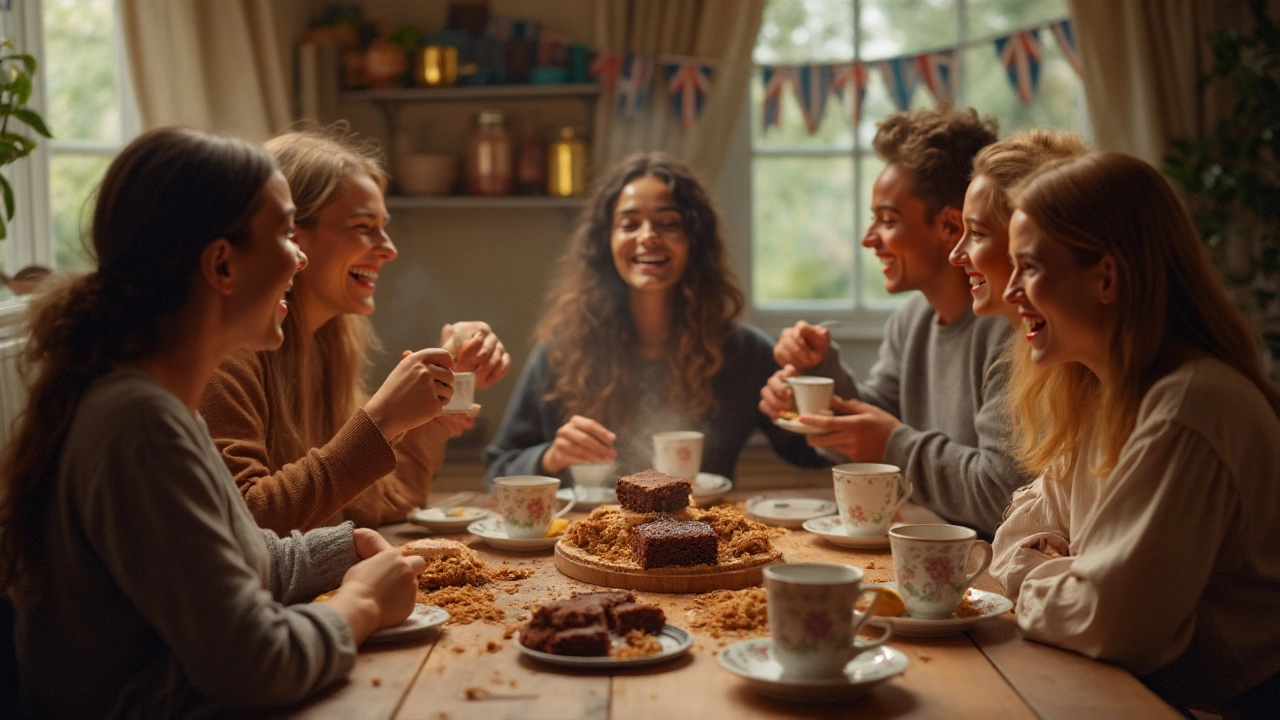
The word “brownies” pops up on Instagram dessert reels and Pinterest boards, charming chocolate lovers everywhere. But is the word the same in English as it is in Spanish? The answer is almost too simple: “brownies” in English is literally “brownies”. There’s no translation twist here. The term entered everyday English from America in the late 19th century, and it’s only grown sweeter since. Weirdly, even in non-English speaking countries, people usually just say “brownies.” Maybe it’s because no one wants to mess with perfection—a soft, chocolate-rich square that’s both cake and fudge but officially neither.
The Origin of the Word "Brownies"
So where did “brownies” come from, anyway? The most accepted story starts in the United States in the late 1800s—specifically, Chicago. Legend says a chef at the Palmer House Hotel whipped up the first batch when a client wanted a portable chocolate dessert lighter than cake. The name “brownies” appears in the 1896 Boston Cooking-School Cook Book. Back then, desserts were often named for color or texture—think of “blondies” or “snickerdoodles.” The word “brownie” fits right in, pointing directly at their deep brown, cocoa-laden hue.
Here’s a fun side note: before the dessert, “brownies” also described little fairy creatures in English folklore. But, unless you’re picturing fairies melting into chocolate, there’s no direct connection. It’s all about the color—and maybe a bit about magic. Jane Cunningham Croly, writing as Jennie June, referred to brownie-like cakes in 19th-century columns, mixing up brownies with other bar cookies long before it became a viral chocolate phenomenon. Dictionaries today define "brownie" as a small, rich, usually chocolate cake, and that's it. No confusion. Just chocolate.
Want proof for the word’s staying power? The Oxford English Dictionary records the first published recipe for “brownies” in 1897. The spelling, recipe, and spirit haven’t needed tweaking—a rare feat for any sweet treat. So, whether you ask for brownies in Auckland, Santiago, Tokyo, or Paris, you’ll probably get the same gooey, fudgy delight.
How "Brownies" Is Used in English-Speaking Countries
Order a brownie in New Zealand, and watch what happens. You’ll get a square of chocolatey, chewy decadence—likely with a crisp crust and a melty center. Across the US, UK, Canada, Australia, and New Zealand, “brownies” always means the chocolate dessert, though local bakers might throw in their own spins by adding walnuts, caramel, or even beetroot for color and moisture. If you’re talking about more than one, the plural is still “brownies”—never “brownys.”
The word also appears in classroom bake sales, coffee shops, and even in the slang for a member of the Brownie Scouts (the Junior Girl Guides). But in dessert talk, “brownies" is always about chocolate. The spelling and pronunciation rarely shift—unlike some foods that morph and multiply in translation. Ask for “brownies” at any bakery from Auckland to Edinburgh, and you’ll skip confusion and sidestep mistranslation.
Now, here’s an oddity: some Americans will debate the “edge versus center” issue—meaning, do you prefer the crunchy bits from the side of the pan, or the gooey middle? It matters so much there’s even a dedicated edge-only brownie pan. Joke’s on frosting lovers: the real competition is over the chewiest, stickiest piece.
Popular culture grabs onto brownies, too. They show up in movie sleepovers, children’s books, and—of course—the Great British Bake Off, where “undercooked” and “overbaked” brownies spark endless arguments among judges. And if you’re at a wedding or party, don’t be surprised if brownies upstage the cake. They’re flexible: basic, gluten-free, vegan—the works. In English, the word "brownies” never changes, even when someone makes them with avocado or vegan egg replacement powder. No translation needed—just ask for brownies.

Baking and Talking About Brownies: Useful Tips for Language and Kitchen
If you plan to bake or order brownies, knowing the language helps. A brownie is always singular; brownies is plural. Want to sound like a native? Painfully simple. “I baked brownies.” Or, “This is the best brownie I’ve ever tasted!” If you want to impress your English-speaking friends, here’s some slang: refer to a “fudgy brownie” if you crave the gooier version or a “cakey brownie” if you like things lighter and fluffier.
If you find a baking recipe that says “brownie” instead of “brownies,” don’t stress—it usually refers to the dessert in general, or sometimes a giant pan meant to be cut into squares (who eats just one, anyway?). And heads up—if a friend in the UK offers a “traybake,” that’s a general word for desserts baked in a tray, and brownies are the king of all traybakes. Need some baking tips? Try this for an extra shiny top: whisk your eggs and sugar together until pale before adding melted chocolate. It’s a trick bakers swear by. If you want the best gooey inside, bake until a toothpick comes out with a few crumbs—not completely clean.
People sometimes use all sorts of creative add-ins, too. Chopped walnuts, pecans, or swirls of salted caramel take things up a notch. You’ll also hear regional advice: in some parts of New Zealand, bakers use Whittaker's chocolate for that extra cocoa punch. For vegans or people with allergies, “brownies” still means chocolate squares, just without the eggs or dairy. Gluten-free brownies swap in alternative flours and still deliver on dense, chocolatey satisfaction. That’s the magic of brownies—they’re endlessly adaptable, but the name never changes.
- Add a dash of instant coffee powder to your batter to deepen the chocolate flavor.
- Line your baking tin with parchment paper for easy lifting—no pan-scraping drama.
- If you love a shiny top, beat your eggs and sugar longer.
- Don’t overmix; just fold in your flour and chocolate until it’s combined.
- Cool completely before slicing to get those perfect squares without crumbs everywhere.
And here’s one more trick: store brownies in an airtight container with a slice of white bread. The bread keeps them moist. Honest. People have been sharing this little hack for decades online—and it works.
Surprising Brownie Facts, History, and Global Variations
Not everyone realizes how many twists and turns brownies have taken in kitchens around the world. The original recipe may have landed in Chicago or Boston, but brownies now star on dessert tables from South Korea to Brazil. No matter where they go, the name “brownies” sticks. In Japan, you’ll find green tea matcha brownies, while Mexico has chili-spiced versions. Kiwi bakers in New Zealand will sometimes add a sea salt flourish for extra zing. What’s funny is that in most languages, the pronunciation sticks closely to English—a testament to the dessert’s global takeover.
In the US, there’s even a National Brownie Day celebrated on December 8th. School bake sales and birthday parties nearly always have brownies on offer. If you ask for “brownies” in English in a restaurant in Paris or Buenos Aires, chances are you’ll get exactly what you’re expecting.
For fun, check this out: a 2019 study on dessert popularity by British food service company Bidfood found that brownies were the top-selling sweet in UK cafés, outstripping classic cakes by a mile. What’s more, the renowned chef Alice Medrich is known as the “Queen of Brownies” for inventing the modern, gooier version in the 1980s—a total game-changer. In Medrich’s own words:
“Once people tasted fudgy brownies, there was no going back to the cakey kind.”
Global variations keep pouring in. Vegan brownies, gluten-free brownies, peanut butter swirl brownies—the creativity never ends, but the name holds steady in English-speaking menus everywhere. If you wander around Auckland’s weekend markets, there’s usually a stall with gourmet brownies, sometimes even topped with hokey pokey brittle. The people behind those counters will always call them “brownies,” whether they’re classic, plant-based, or full of nuts.
Next time you’re on the hunt for this classic treat, remember: ask for “brownies” in English and you’re golden. No messy translation, just pure chocolate joy.



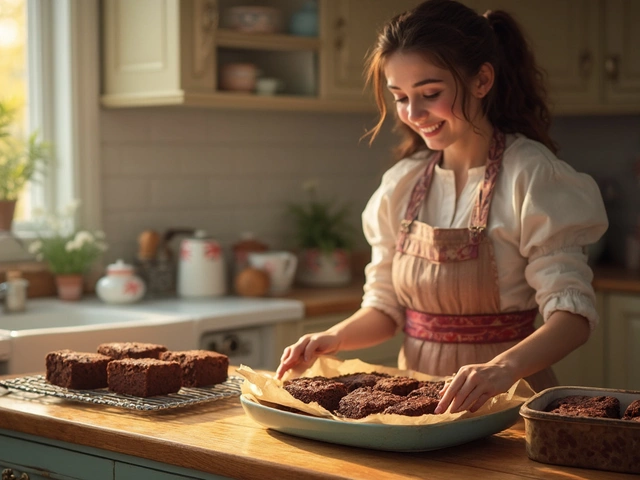
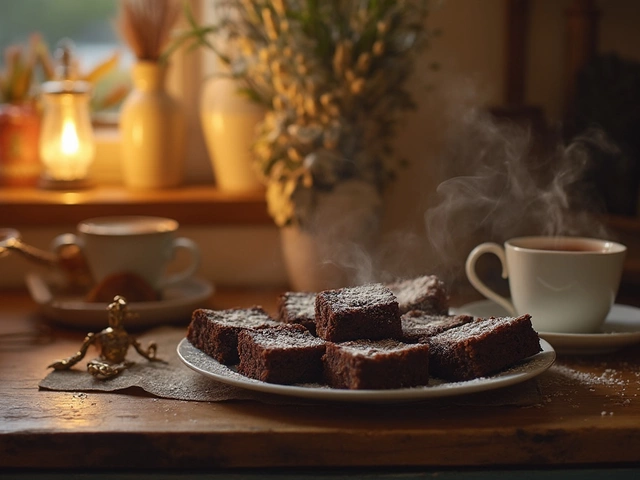
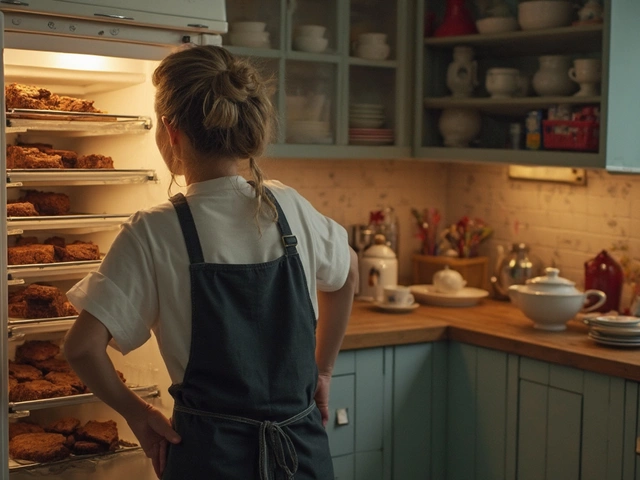

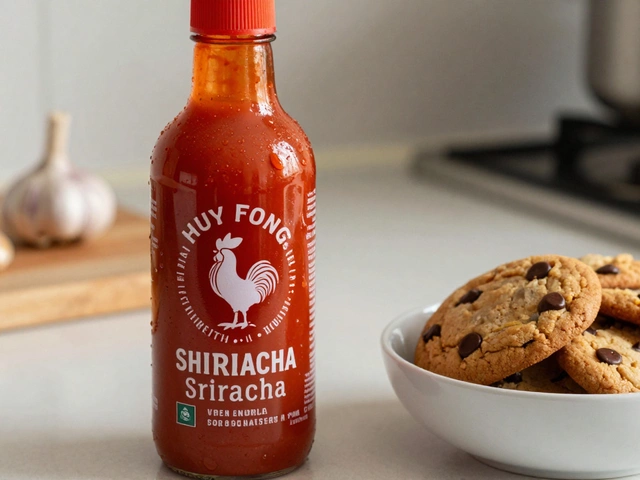

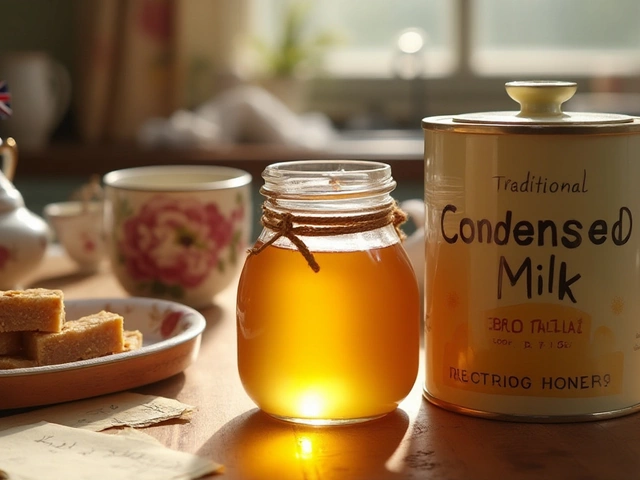
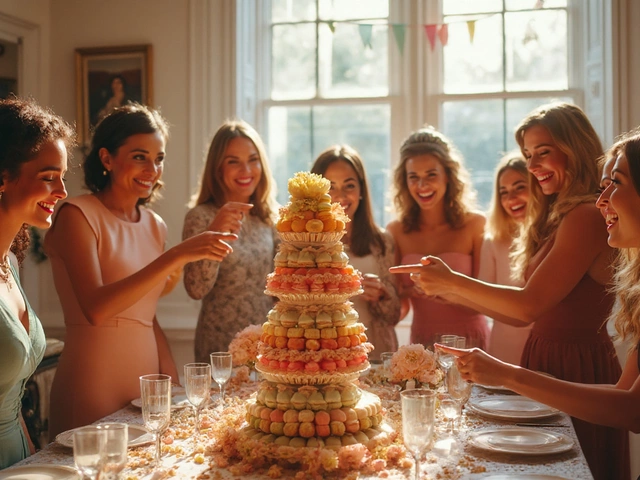
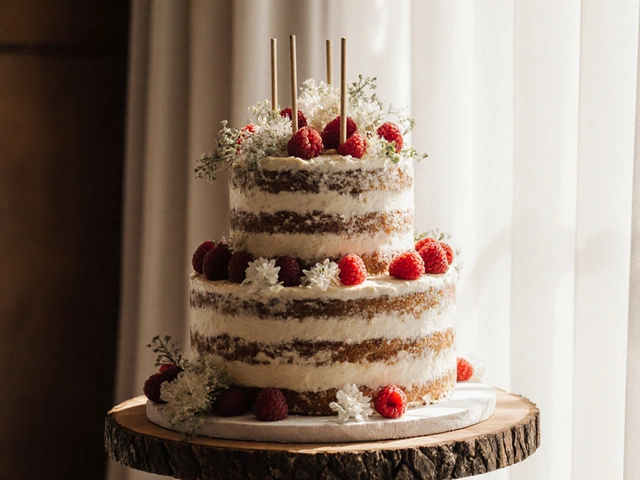
Write a comment